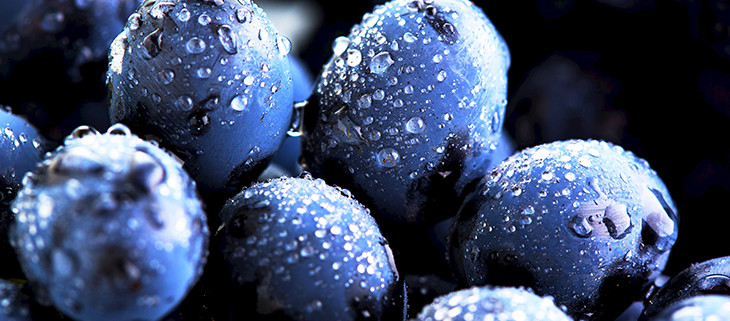Learn About Wine From Grapes Grown In Limestone
Limestone Is Simply Amazing For Wine Grapes
Some of the most sought out wines are indeed grown from grapes in regions rich with limestone in the soil. Limestone rich wine regions include Burgundy, Champagne, Chablis, The Loire, and Southern Rhône Valleys, as well as Saint-Emilion in Bordeaux. All are rich with limestone and produce delicious grapes, perfect for some of the world’s most exclusive wines and wine blends. These soils are rich in plant-reachable calcium carbonate, the foremost chemical composition of limestone; usually brought on by decayed limestone from previous plants and shells in the soil. There is a reason the wine produced in these regions is so exclusive. Limestone is actually rare in other vineyards, but it can also be found in the likes of some California areas like the Northern coast between the Santa Cruz Mountains.
Getting Water Through The Grapevines
Calcium-based soils rich in limestone have amazing water-retention ability, which is prime for developing certain varieties of grapevines—specifically, the grapes found in regions of France. Water for these grapevines is absolutely crucial for growth because these grapevines need to absorb as many vitamins through their roots as possible. But grapevines do so poorly in waterlogged soils, which can cause disease at the root of the grapevines and kill the entire vineyard in no time. Soils that are found to have higher concentration in limestone can preserve moisture and do not have to be fully irrigated. Drip irrigation creates a funnel-fashioned moist environment inside the topsoil. The roots right under the dripper and directly in the dripper zones then absorb the most nutrients distributing them through the plant.
This Causes Low pH in Grapevine Soils
In low-pH soils, hydrogen ions begin to displace the ions of the four essential nutrients. Soils with a pH higher than 6.0 contain all four vitamins. So calcium carbonate, the same thing we use as an antacid, acts as a buffer and counteracts the acid created inside the breakdown of organic dependency in topsoil—all because of trusty old limestone. Recently, there has been some research into the increasing evidence that soils rich in calcium help maintain acidity in grapes past the actual harvest season. Some research suggests that calcium rich soils actually keep the grape from going bad, because calcium deficiency in grapevine soil can lead to poor root growth and could even kill off a whole vineyard.
Protecting Grapes Against Disease
Finally, when it comes to limestone rich soils and bearing the best fruit for that wine you love so much, there is evidence that calcium is critical for the formation of disease-resistant berries. Calcium that is found in berries in high concentrations is visible primarily in the skins. This is absolutely crucial for the creation of robust, juicy grapes that yield the best wine. You don’t want grapes with split skins that dry out easily, thus limestone rich soil with limited amounts of calcium, make berries that are thick skinned and less prone to bacterial diseases that can attack fruit and encourage pest problems.
















